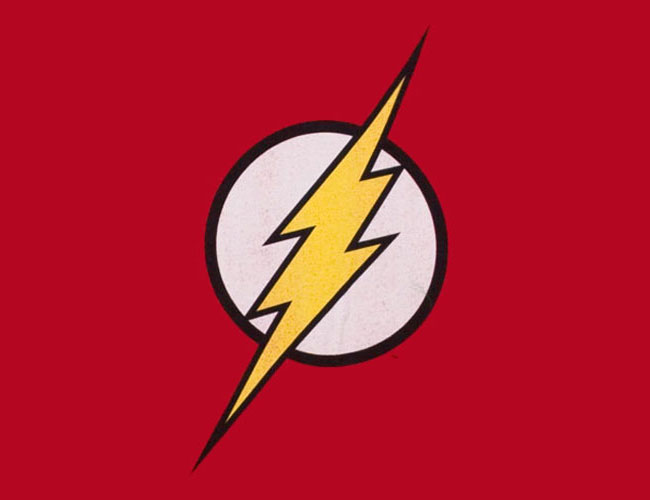

Many websites and ad networks have banned Adobe Flash based advertising and plugins for performance and security reasons, but a new study has cast doubts on whether its modern alternative, HTML5, is actually much safer.
The report, from ad security verification specialist GeoEdge examines the latest malvertising attacks, and explores Flash and HTML5 vulnerabilities that allow for malicious code insertion.
“For the last several years, Adobe Flash has become an enemy of the online community with more than 300 vulnerabilities found in Flash Player during 2015 alone, making it the most vulnerable PC software of the year,” said GeoEdge
GeoEdge found that there are many techniques for malvertising infection that don’t require the use of Flash in the ad creative. And more worryingly, it found that even with HTML5 video ads, malicious code could be inserted into the ad itself or VAST parameters.
The problem stems from the fact that malware attacks typically utilise inserted JavaScript code. And because JavaScript is the base language for HTML5, malicious code can be packaged in HTLM5 without much difficulty, GeoEdge warned.
“Cyber-criminals can insert malicious code because of third-party code allowance,” it said. “There is nothing to prevent an attacker from injecting a malicious URL using third-party code into the VAST or XML, or from direct injection of a malicious ad unit into the site’s self-designed video player. (Other options exist which are just as effective.)”
“Cyber-criminals will continue to build malvertising campaigns because the payout is high and their risk low,” said Sagi Elgavi, vice president of R&D.
Matters were not helped last December when Adobe Systems appeared to admit the demise of Flash when it has acknowledged the inevitability of an HTML5 world and said it was now “encouraging” developers and content creators away from Flash, in order to use newer web standards.
But there remains a huge amount of Flash content out there, and therefore Adobe has to keep its Flash Player as stable and secure as possible going forward.
Adobe and Apple have clashed repeatedly over Flash. Steve Jobs publicly attacked it again in April 2010, which prompted a public spat with Adobe’s CEO, Shantanu Narayen.
The bad blood between Apple and Adobe continued for some time, not helped by an Adobe ad campaign that blasted Apple for its closed approach regarding developer licensing.
Are you a security pro? Try our quiz!
Meta says it will stop targeting personalised Facebook ads at UK woman after legal battle,…
Nine EU countries led by the Netherlands push European Commission for follow-up to 2023 EU…
Former Cruise chief executive Kyle Vogt reportedly raises $150m for The Bot Company at $2bn…
Gotbit founder Aleksei Andriunin pleads guilty to manipulating tokens' trading volume and price after extradition…
ByteDance's largest US investors reportedly in talks for majority stake in US TikTok spin-off, with…
Apple reportedly reassigns Siri development to executive behind Vision Pro after acknowledging delays to much-hyped…
View Comments
My friend there is a major difference between Javascript and Java.
The big problem with JavaScript is that the 'so called' experts on standard committees keep adding more and more features - The result the attack area just keeps getting bigger.
Sheer and utter stupidity!